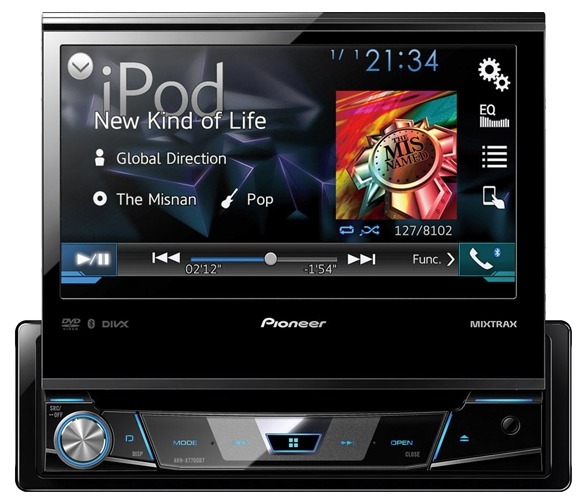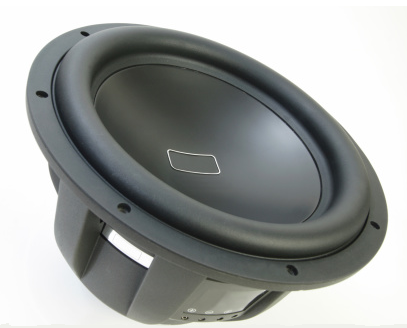
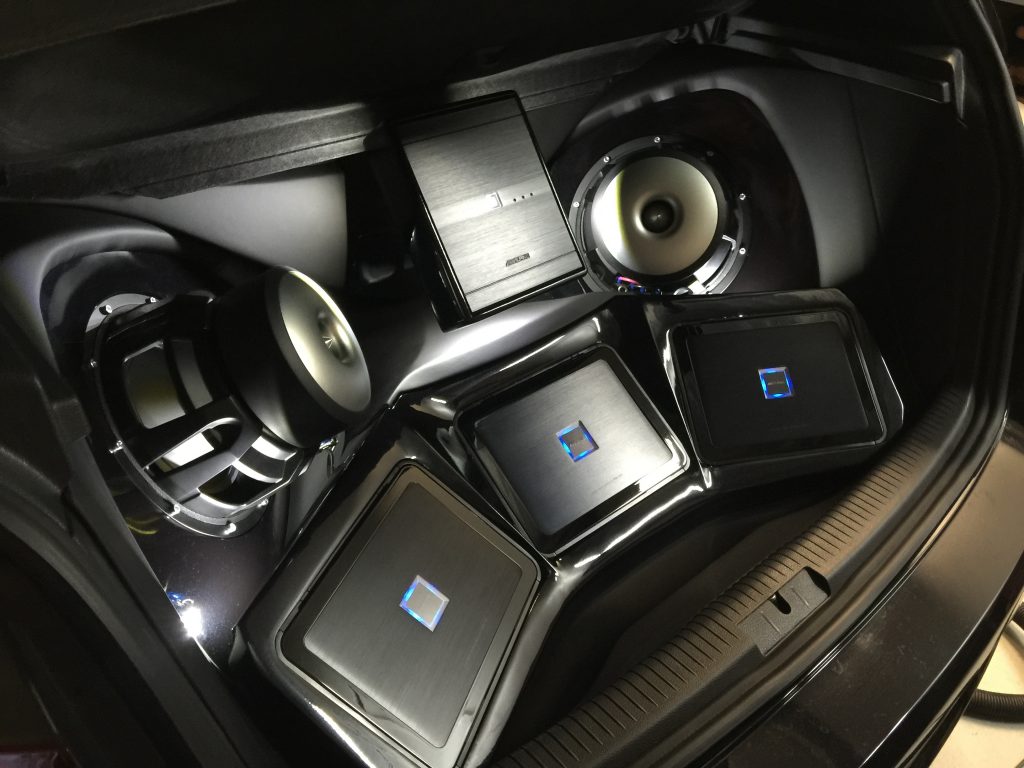
The first head unit I ever bought to upgrade my sound system was a Pioneer DEH-1600, with just a radio tuner and CD player. At the time I was low on cash, and looking for only one thing: bass. I hooked that up to a pair of 12” 400W Rockford Fosgate subwoofers with a no-name brand 500W amp, and thumped around town without thinking much about RMS power ratings, channels or ohms.
Things have changed quite a bit since then, and there are more options than ever for today’s audio-conscious motorists. It can be overwhelming when comparing components and sizing up features. I am going to break up the components of a sound system and, hopefully, make it easier for you to figure out what specs matter most for your application.
Sound Systems Levels
The way I see it, there are generally three levels of sound systems:
• Basic: This is simply for people looking to gain more power and options than their stock system without breaking the bank. This could be a simple add-on to the stock system or a basic component upgrade across the board.
• Mid-range: These systems offer more features and power for a customized media experience. However the cost is also greater. These commonly consist of all-around component upgrades.
• Advanced: Systems in this category are fine-tuned and very well-rounded for people looking to get as much as possible from their audio/visual experience. The features available can be almost unreal, and result in awesome ground-pounding performance.
The Head Unit:
The main component of any sound system is the head unit (HU). It is where all your sound originates, and where most of your sound adjustments are made. There are several factors to consider when comparing HUs, such as:
• Source: This is where your media comes from be it AM/FM, CD, iPod/AUX, USB, DVD, satellite radio, navigation, app-compatibility or Bluetooth. A basic HU may just have AM/FM and CD, while a mid-range unit may have AM/FM, CD, iPod/AUX, and an advanced unit can have all of the above.
• Preamp: This is the sound adjustment center. Typical features are balance, fade and equalizer. More advanced units can also have crossovers networks.
• Power: The RMS power is what your unit will consistently produce, while the max power is the maximum your unit can produce. It is good to have a higher RMS rating so you can have more room to operate before you max out your equipment.
• Other Features: Some units have touchscreen monitors, color-changing displays or other little perks manufacturers offer for aesthetics.
My recommendation: Basic HU, Mid-range HU, Advanced HU
Amplifier:
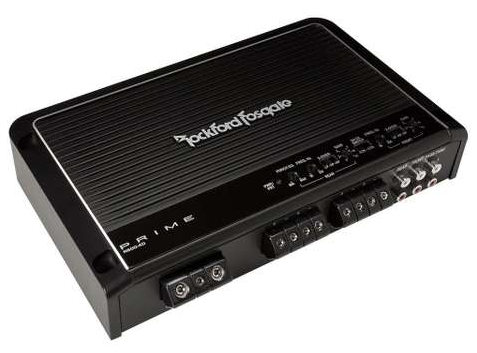
NEW ROCKFORD FOSGATE R600-4D 600 WATT 4 CHANNEL CLASS D AMPLIFIER CAR AUDIO AMP
If you are doing a basic swap out for a new HU or even mild speaker upgrades, you may not need an amplifier. If you are looking to use more power with high-range speakers or subwoofers, you will definitely need an amplifier. Amplifiers give you more power and also better sound quality. Some key features when choosing an amp are:
• RMS rating: As mentioned before, this is important to know so you can have a realistic expectation of how your system will perform. For a basic setup or smaller vehicle interior, 50W RMS per channel is usually sufficient, while upping to 75W & 100W RMS per channel or more is better for mid-range or advanced setups.
• Channels: The number of channels is essentially how many different devices can be powered from the amp. A 4-channel amp has room for 4 devices while more advanced units have 6 or 8 channels. You can set up your system with various configurations depending on how many speakers you want to install.
• Ohms: This is a measure of resistance, and amps are commonly designed to work with 4, 8 or 16 ohms of resistance. To get the maximum performance from your equipment and prevent any damage, you should match the total ohm load of the speakers to the amp. If the total speaker impedance is too high, the power delivered to your speakers will be reduced. Too low and the power delivered will be too high and could damage both your speakers and amp. A simple trick is to take the ohm rating for the speakers and divide by the number of speakers you are hooking up. This will give you the overall ohm rating.
• Class: There are several classes of amps, designated by their circuit design and power stage output. For all practical purposes here, Class D amps are the best route to go. They use output transistors as switches to control power distribution, while staying cooler than other classes. These are efficient, light, compact and produce great quality sound for any setup level.
Taking into account how many speakers you will hook up and what the power requirements your speakers need, can give you a good estimate of the power you will want from your amp. It is best to choose an amp with good headroom between the RMS and the peak power.
My recommendation: Basic amp, Mid-range amp, Advanced amp
Speakers:
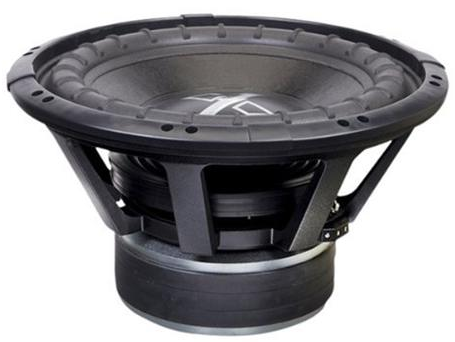
Soundstream X3-122 12″ Competition X3 Series Subwoofer
• Driver use: Speakers are either full-range or component, which is differentiated by their drivers. The driver converts the electrical frequencies to sound inside the speaker. Full-range speakers have only one driver, which means all frequencies originate in the same location. This is more common and cheaper for basic systems. However it may not produce the best sound. Component systems have one driver per speaker, which allows for different sounds to be originating from different speaker locations and provides the richest audio experience. These are also more expensive, so a mid-range or advanced setup will likely have these.
• Type: There are different speakers depending on which tone you might be looking to improve. Subwoofers are on the low end of the spectrum and all about the bass, while the super tweeters are at the opposite end and handle the highest-pitched sounds. The speaker types you choose should depend on your preference, and how deep you go into the upgrade.
• Size: Will your speakers fit into the factory locations, or will you make custom enclosures?
• Power: Remember, matching the power capabilities of your amp and speakers properly will ensure clear, consistent sound.
My recommendation: Basic speakers, Mid-range speakers, Advanced speakers
Upgrading Your System
With any auto upgrade there are always many choices, especially when dealing with audio. The most important part you need to figure out is what you are looking for in a system to give you the most enjoyment in your listening experience. Then build it.
What kind of sound system do you have in your car?
Note, all prices and products are accurate at the time of article publication, although some may have changed or are no longer available.

